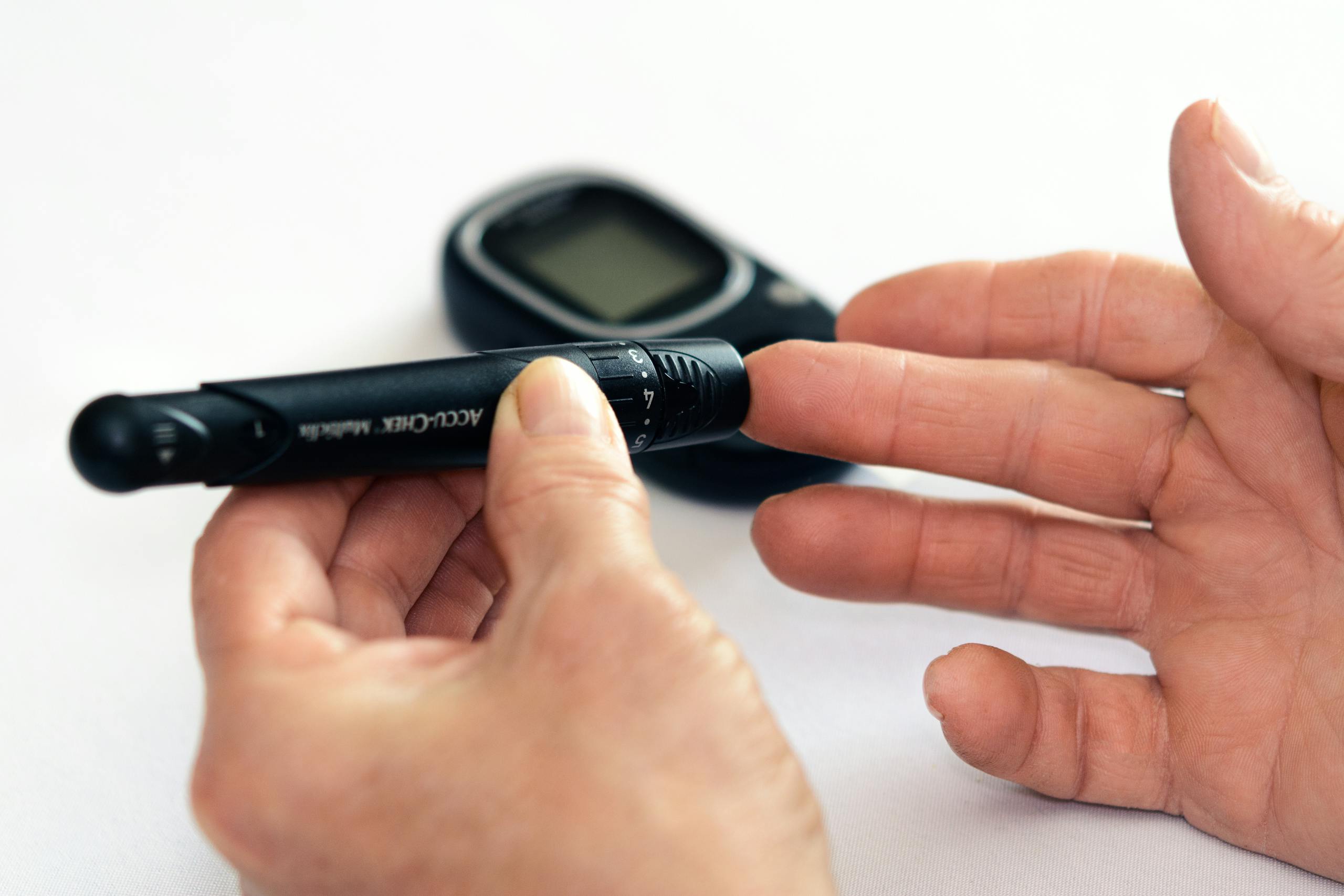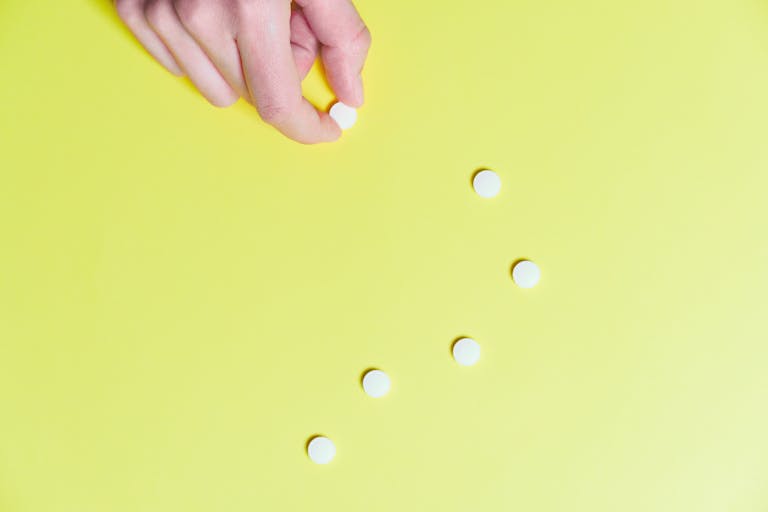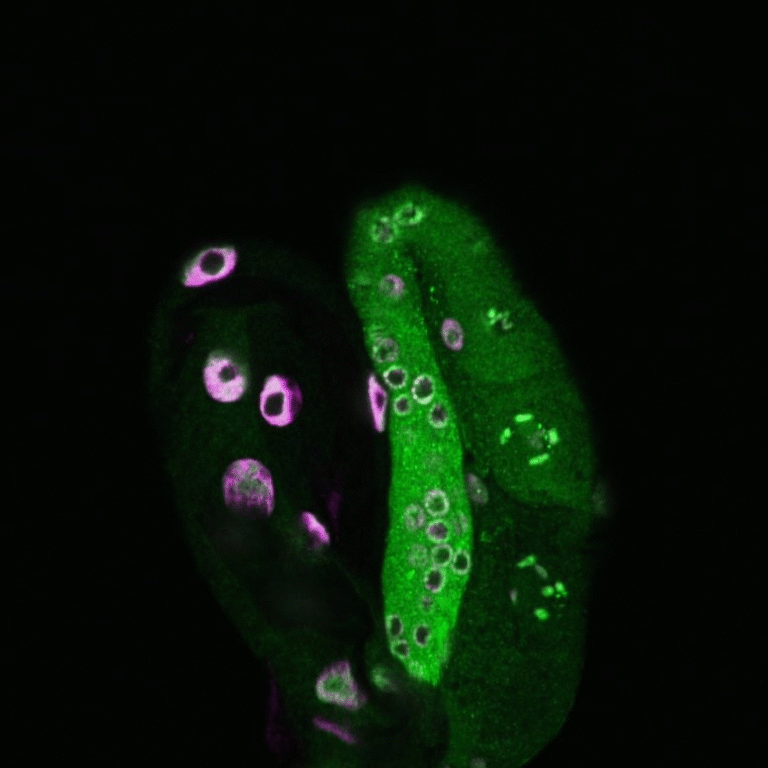Landmark Update: Baricitinib Shows Promise in Slowing Type 1 Diabetes — But Only While You Take It

In a striking development in diabetes research, a two-year follow-up of the BANDIT trial (Baricitinib in New Onset Type 1 Diabetes) has revealed that the benefits from baricitinib—a daily pill already used in autoimmune diseases—begin to fade once the drug is withdrawn. The study, presented at the 2025 EASD (European Association for the Study of Diabetes) meeting in Vienna, adds an important new dimension: continued use may be essential for sustained benefit, and earlier intervention could be more effective.
Here’s a clear, detail-rich breakdown of what the researchers found, what it means, and how this fits into the wider quest for disease-modifying therapies in type 1 diabetes.
What is the BANDIT trial and why it matters
Type 1 diabetes (T1D) occurs because the body’s immune system mistakenly attacks the β (beta) cells in the pancreas that produce insulin. Over time, very few functional beta cells remain, and patients must rely entirely on injected or infused insulin.
However, shortly after diagnosis, some beta cells often survive and retain partial function. The goal of therapeutic research in T1D is to protect those surviving cells from further immune damage, thereby delaying full insulin dependence, improving glucose control, and reducing complications.
The BANDIT trial was designed to test exactly that. It asked: can a JAK inhibitor, baricitinib, slow or prevent further immune‐driven damage to beta cells in people newly diagnosed with T1D?
- Baricitinib is a Janus kinase (JAK1/2) inhibitor. By blocking cytokine signaling pathways, it dampens immune activation that may target beta cells.
- The trial enrolled people aged 10 to 30 who had been diagnosed within the previous 100 days. (PMC)
- Originally, 91 participants were randomized (60 to baricitinib, 31 to placebo) across multiple Australian centers. (AJMC)
- The intervention: 4 mg of baricitinib daily, or placebo, for 48 weeks (≈ one year). (Breakthrough T1D)
- After 48 weeks, participants entered an off-drug follow-up period, so total monitoring spanned 96 weeks from the start. (BioMed Central)
- The primary endpoint: mixed-meal stimulated C-peptide (a marker of endogenous insulin production). Secondary endpoints: insulin dose, HbA1c, continuous glucose metrics, and safety. (BioMed Central)
The original 48-week results, published in New England Journal of Medicine in December 2023, showed that baricitinib helped preserve β-cell function, reduce glucose fluctuations, and lower insulin requirements relative to placebo—without notable safety issues. (New England Journal of Medicine)
But up until now, we haven’t had full clarity on what happens once the treatment is stopped. That’s what the new 2-year follow-up addresses.
What the follow-up reveals: Benefits fade on stopping
The newest data from the EASD presentation show that once baricitinib was withdrawn, many of its advantages gradually eroded. Here are the key observations:
C-peptide decline after stopping
- At week 48 (end of treatment), the median stimulated C-peptide was about 0.65 nmol/L·min in the baricitinib arm versus 0.43 nmol/L·min in the placebo arm. (AJMC)
- After stopping the drug:
- At week 72, C-peptide fell to 0.49 (baricitinib) vs 0.36 (placebo).
- By week 96, they dropped further: 0.37 vs 0.26.
- These numbers show the baricitinib group losing ground—by week 96 the gap had narrowed significantly. (Numbers as reported in the news summary; publicly available slides may provide precise confidence intervals.)
Insulin needs & glucose control
- After the treatment period ended, insulin requirements in the two groups became statistically indistinguishable at weeks 72 and 96.
- The earlier advantages in time in range and reduced glucose fluctuations also faded—by 96 weeks, the groups were not significantly different.
- In short: once the drug stopped, participants lost much of the benefit that had separated baricitinib from placebo.
Safety & tolerability
- Encouragingly, no new safety concerns were flagged during the off-drug period.
- During the active treatment phase, baricitinib had been well tolerated, with adverse events comparable to placebo and no serious events attributed to the drug. (Epocrates)
Who responded?
- The investigators examined whether baseline factors (age, BMI, HLA genotype, number of autoantibodies) predicted who would respond—but none did.
- Also, drug adherence ( ≥ 80%) didn’t cleanly distinguish responders from non-responders.
- Roughly two-thirds of participants in the baricitinib arm met prespecified criteria for response during treatment.
Why this matters (and what next)
The new follow-up underscores several critical points:
- Baricitinib’s effect is not self-sustaining. The therapeutic benefit is dependent on continued dosing. Once the drug is withdrawn, the disease process seems to “catch up.”
- This suggests that longer duration or continuous treatment might be needed for meaningful long-term benefit.
- It strengthens the rationale for testing baricitinib earlier in the disease — perhaps before clinical onset (stage 1 or 2 T1D) — when beta cell mass is higher and immune damage may be easier to intercept.
- The fact that no clear predictors of response emerged means that developing biomarkers to stratify who is likely to benefit will be an important parallel effort.
- Larger phase 3 trials are likely to be launched to confirm efficacy, fine-tune dosing, long-term safety, and to test in earlier disease stages.
In other words, this isn’t a cure—or even a standalone breakthrough—but it’s a compelling step forward in a field that has historically lacked oral, disease-modifying therapy candidates in T1D.
Some wider context: Where does BARICITINIB fit in T1D therapy development?
Even though baricitinib is the focus here, it’s helpful to see how it fits in with other therapeutic approaches under investigation in T1D.
Other disease-modifying candidates in T1D
- In 2022, the FDA approved teplizumab (Tzield) as the first drug to delay onset of T1D in high-risk individuals (stage 2). That set a precedent: immune modulation before or around clinical onset is a viable strategy.
- There are ongoing trials exploring other immunotherapies, monoclonal antibodies, and cellular therapies (e.g. stem-cell derived islets or immunoregulatory cells).
- Some researchers are investigating combination therapies (e.g. JAK inhibitors plus antigen-specific tolerance agents) to attack multiple disease pathways.
- In the autoimmunity field broadly, JAK inhibitors have shown promise in rheumatoid arthritis, psoriasis, alopecia, and ulcerative colitis—so repurposing them for T1D carries translational appeal. (HCPLive)
Mechanistic rationale: Why JAK inhibition
- The JAK-STAT pathway is central to cytokine signaling (e.g. via interferon, interleukins) that can fuel immune responses damaging beta cells.
- Preclinical studies in non-obese diabetic (NOD) mice showed that inhibiting JAK1/2 could prevent or reverse diabetes onset. (BioMed Central)
- By dampening multiple cytokine signals, a JAK inhibitor like baricitinib might blunt both immune cell attack and the inflammatory milieu around islets.
- Its oral route makes it especially attractive compared to injectables or infusions.
Full Spec Sheet: Trial & Results in Detail
| Item | Detail |
|---|---|
| Name / Acronym | BANDIT (Baricitinib in New Onset Type 1 Diabetes) |
| Registration / IDs | ACTRN12620000239965 (ANZCTR), NCT04774224 (ClinicalTrials.gov) (BioMed Central) |
| Participants | 91 (60 baricitinib, 31 placebo), aged 10–30, within 100 days of T1D diagnosis (AJMC) |
| Intervention | Baricitinib 4 mg once daily (oral) vs placebo for 48 weeks |
| Follow-up | Off-drug period to 96 weeks total (i.e. ~48 weeks after treatment end) |
| Primary Outcome | C-peptide (mixed-meal stimulated) at week 48 |
| Secondary Outcomes | HbA1c, insulin dose, continuous glucose metrics, safety |
| 48-week Key Result | Median C-peptide: 0.65 vs 0.43 nmol/L·min (baricitinib vs placebo); insulin dose and glucose variability improved in treatment arm (Epocrates) |
| Off-drug Decline | At week 96, C-peptide 0.37 vs 0.26, insulin/glucose metrics no longer significantly different |
| Safety | No new or unexpected safety signals during follow-up; tolerability good (Epocrates) |
| Responder Proportion | ~2/3 of treated participants met predefined response criteria; no clear baseline predictors found |
Final takeaway (for your blog readers)
The BANDIT follow-up doesn’t deliver a miracle cure—but it offers something just as important for scientific progress: clarity. We now see that baricitinib’s benefit is lost when you stop it, which is a powerful signal that continuous therapy or earlier intervention may be necessary for lasting effect.
For people newly diagnosed with T1D, or those at very high risk, baricitinib now ranks among the most promising oral disease-modifying candidates under investigation. The next big questions: How long should treatment continue? Can we safely administer it even before symptoms appear? And who exactly benefits most? The answers will come from larger phase 3 trials in coming years.
In your blog, readers will appreciate knowing both the promise and the caveats. Science isn’t about instant fixes—it’s about incremental progress. Bandit’s follow-up tells us where to aim next.
Reference (original published study):
Waibel M, Wentworth JM, So M, et al. Baricitinib and β-Cell Function in Patients with New-Onset Type 1 Diabetes. New England Journal of Medicine. 2023. DOI: 10.1056/NEJMoa2306691 (New England Journal of Medicine)





